To the west of Hong Kong’s frenetic Central district lies its quiet neighbour Sheung Wan (上環), one of the earliest places to be settled after Hong Kong became a British colony in 1842. Unlike other areas, a lot of the past has survived here and despite creeping gentrification, it’s still a great area for a leisurely stroll. Back in 2008, it was one of the first places I visited in Hong Kong and I recently went back for a closer look.
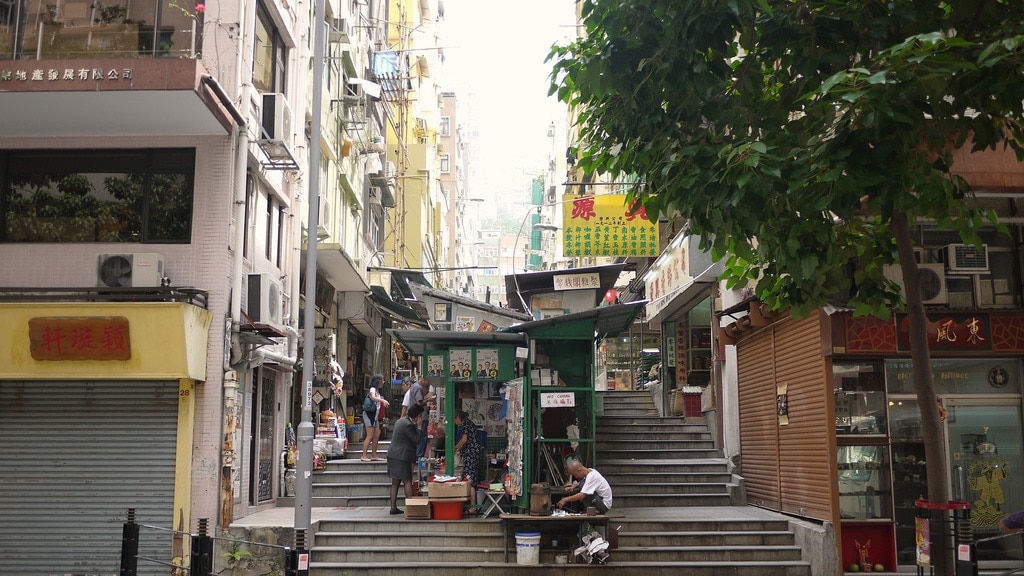
Stretching all the way up from Queen’s Road Central, through Hollywood Road and a few other cross streets, Sheung Wan is bisected by a series of steep ladder streets which end on Caine Road at the Mid-levels. They not only provide a means of access but also a place for numerous small merchants to sell their wares and services from narrow booths.
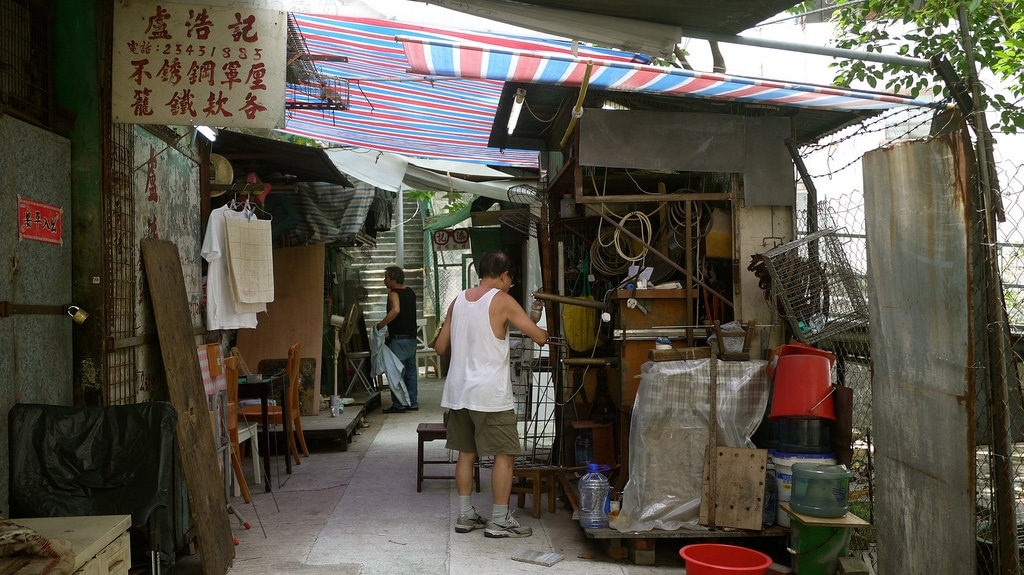
Shoe repairs, key cutting, metalworking, florists… you name it, you can find it here. Many of the owners look as old as the buildings which surround them.

A stone’s throw away from the former Police Married Quarters can be found Wing Lee Street (永利街), a thin slice of 1960’s Hong Kong which was recently saved from redevelopment after it was brought to light in the highly acclaimed film Echoes of the Rainbow (歲月神偷) that was shot there.
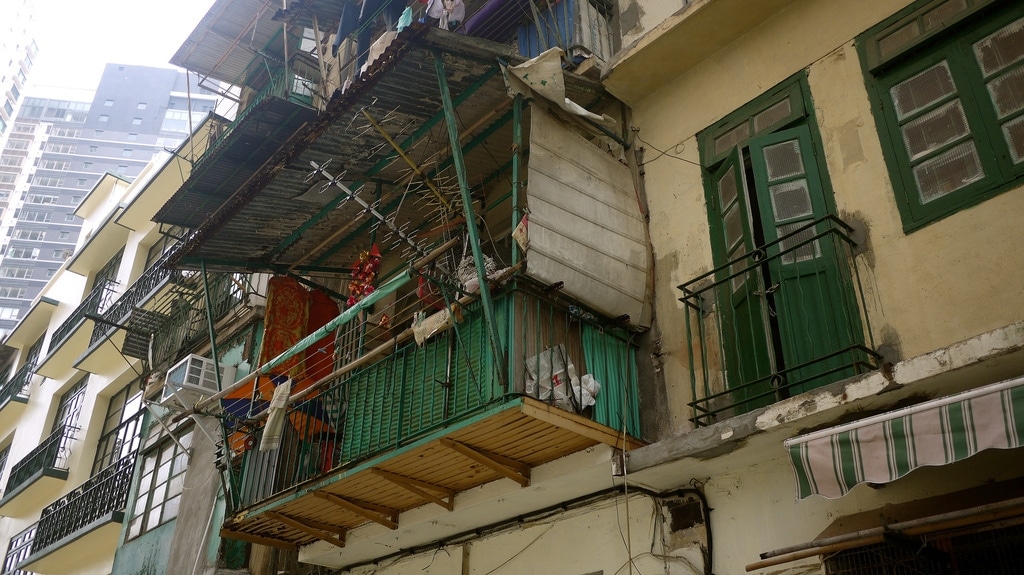
The street has lost some of its charms since most of the tong lau (唐樓) tenement buildings have now been renovated but you can still see a few signs of how things once were. Traditionally the ground floor was reserved for commercial use, mostly by a number of small printing businesses, with the upper floors for residential use.
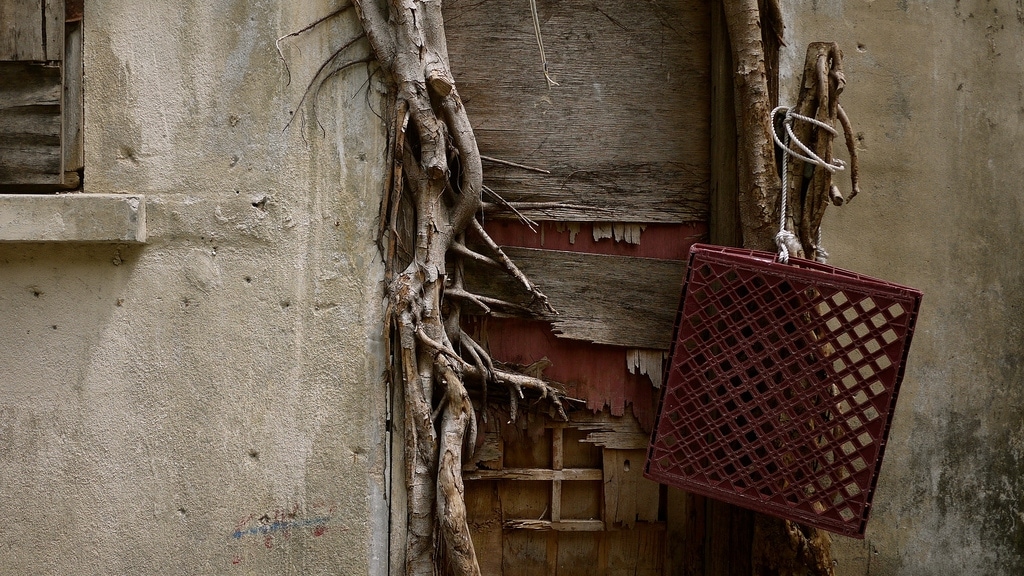
Nearby an unused doorway has become totally fused into the wall by the roots of a climbing tree which have grown around its frame.
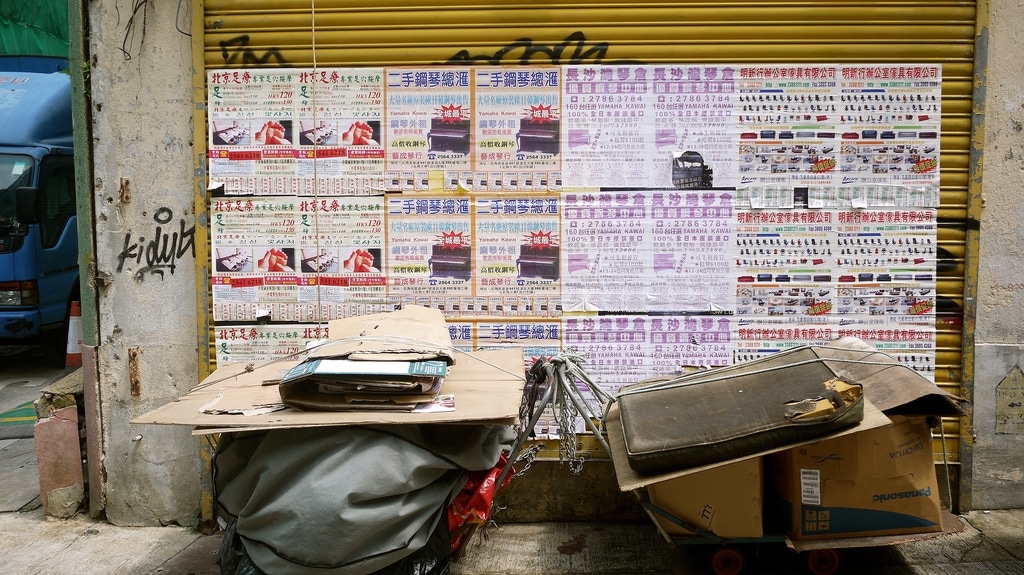
Small carts which refuse collectors push around are a common sight on all Hong Kong streets. Flyposters for acupuncture, piano lessons and cheap furniture are aplenty.
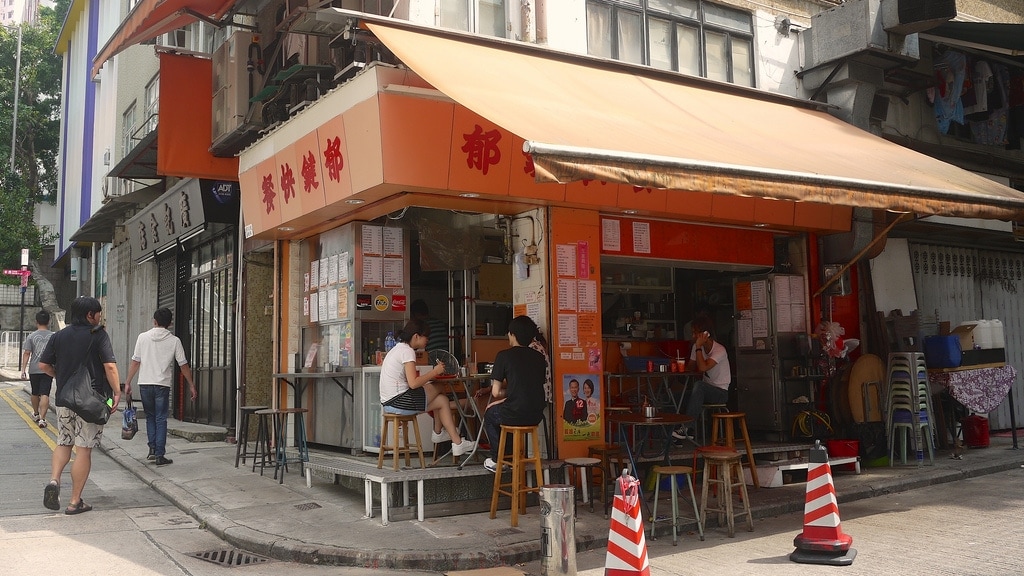
Classic Hong Kong fare is being served al fresco under a huge orange tarpaulin at this corner restaurant.

You’ll find many repair shops whose premises are so compact that they take to piling miscellaneous parts on the side of the pavement.
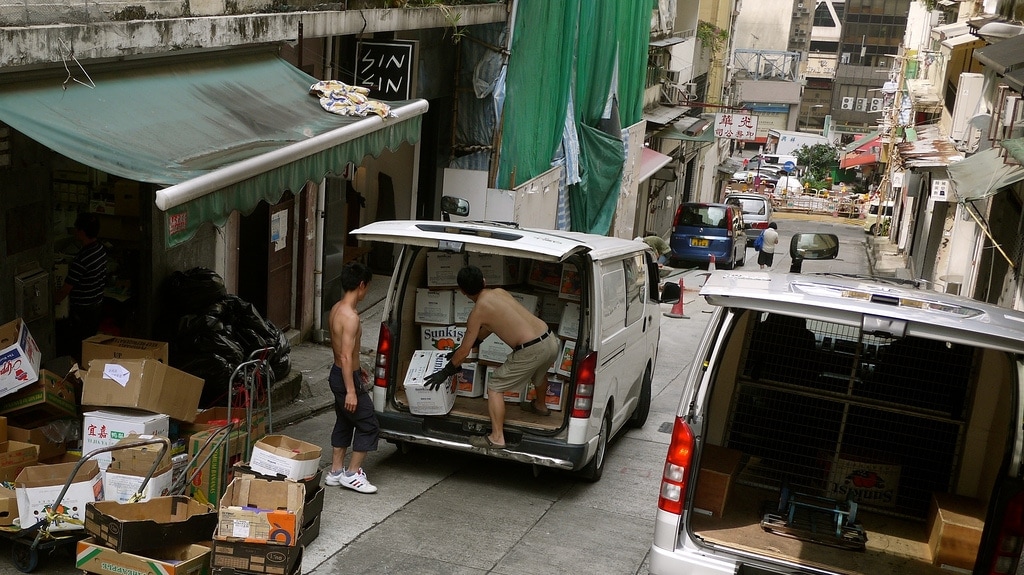
With impressive inclines, you would not want to forget to engage your hand brake on one of Sheung Wan’s ladder streets!
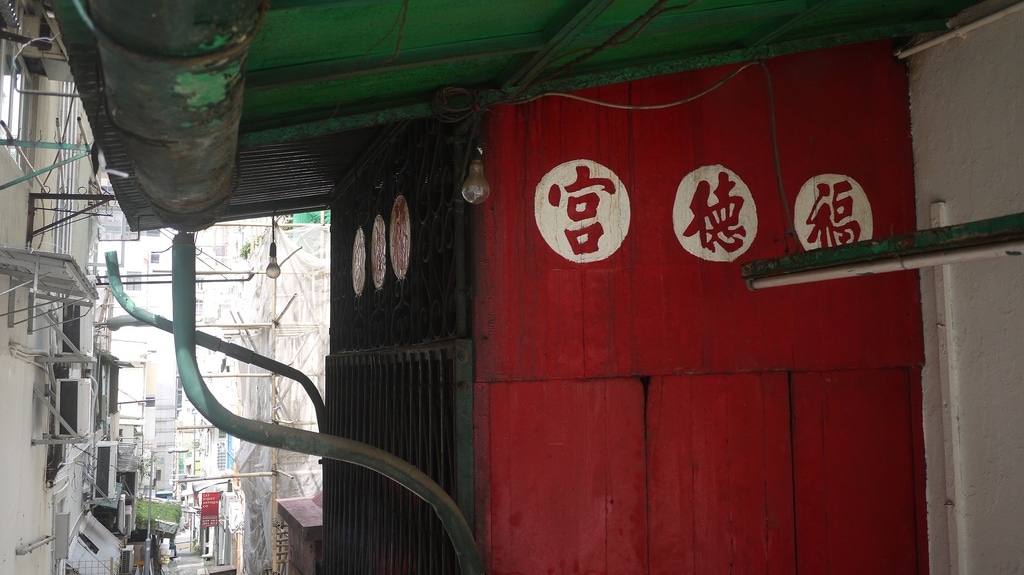
Tucked down many a narrow alleyway you can find tiny temples and shrines in red/green boxes which typically contain a statue and burning incense sticks.
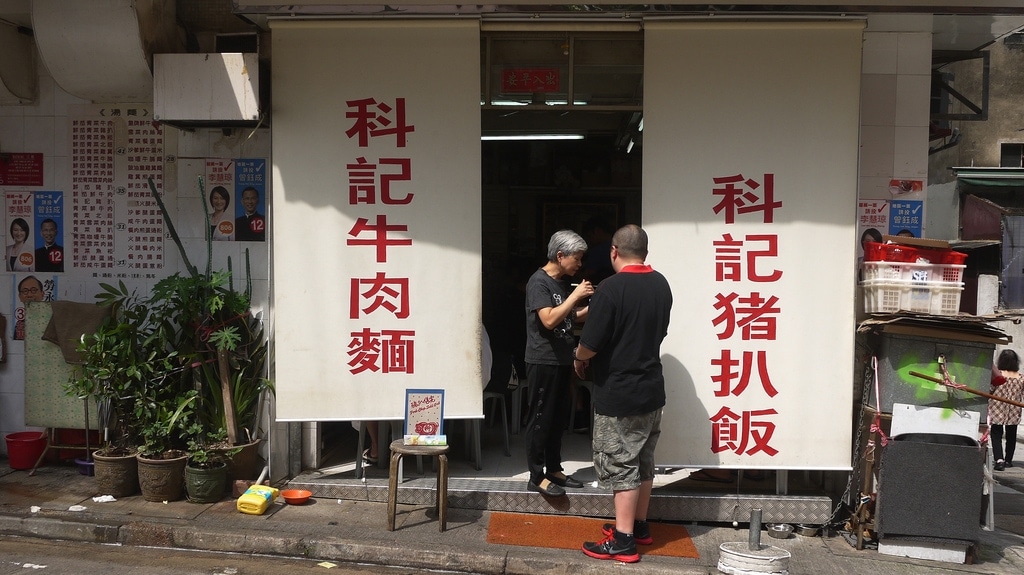
Shielded from the sun by two large banners patrons at this local eatery enjoy their lunch.
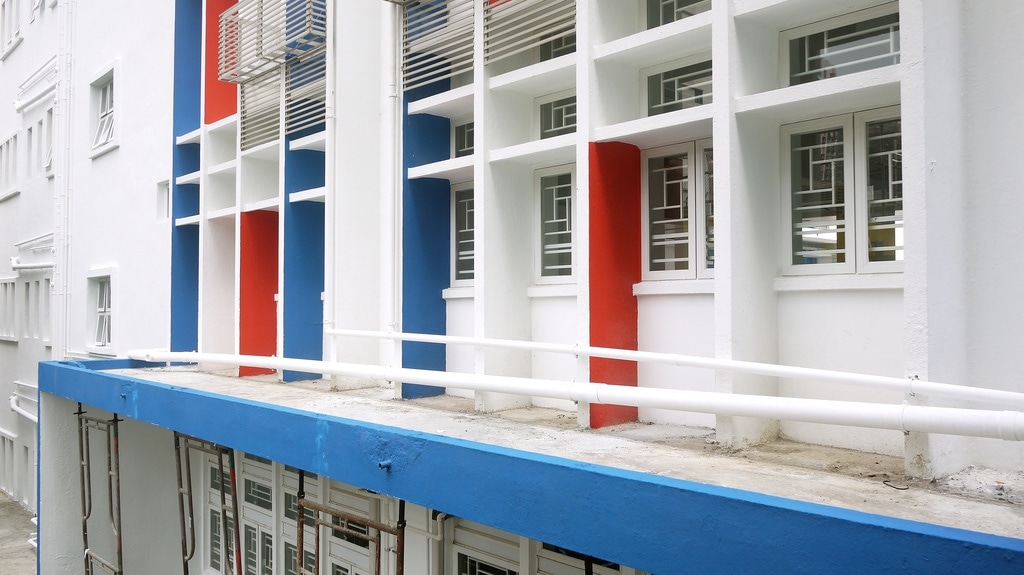
Below are some fascinating videos which show how the area has changed from the late 1940s through to 1989 – it’s nice to see a few recognisable landmarks like the Man Mao temple.

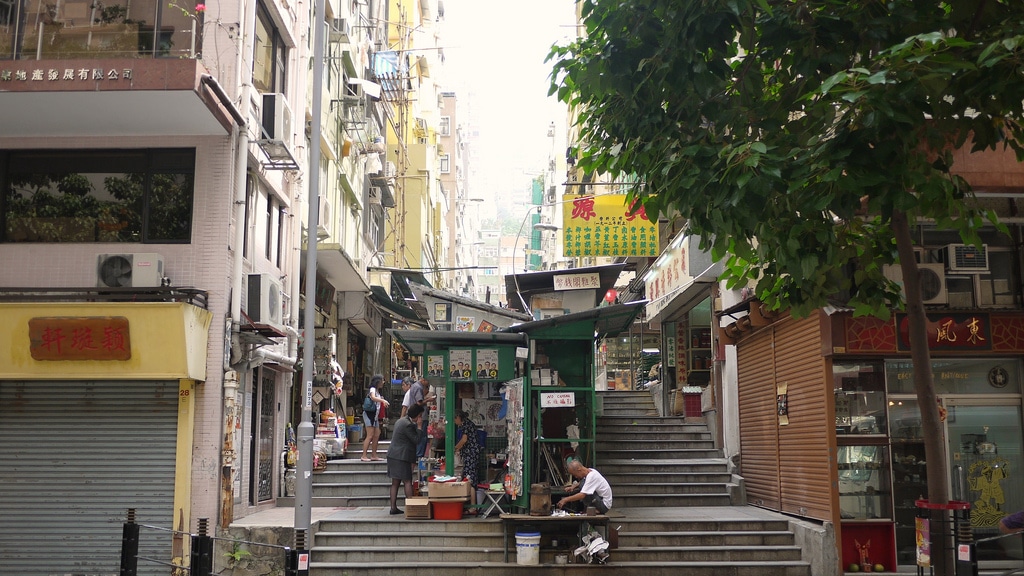
Reply